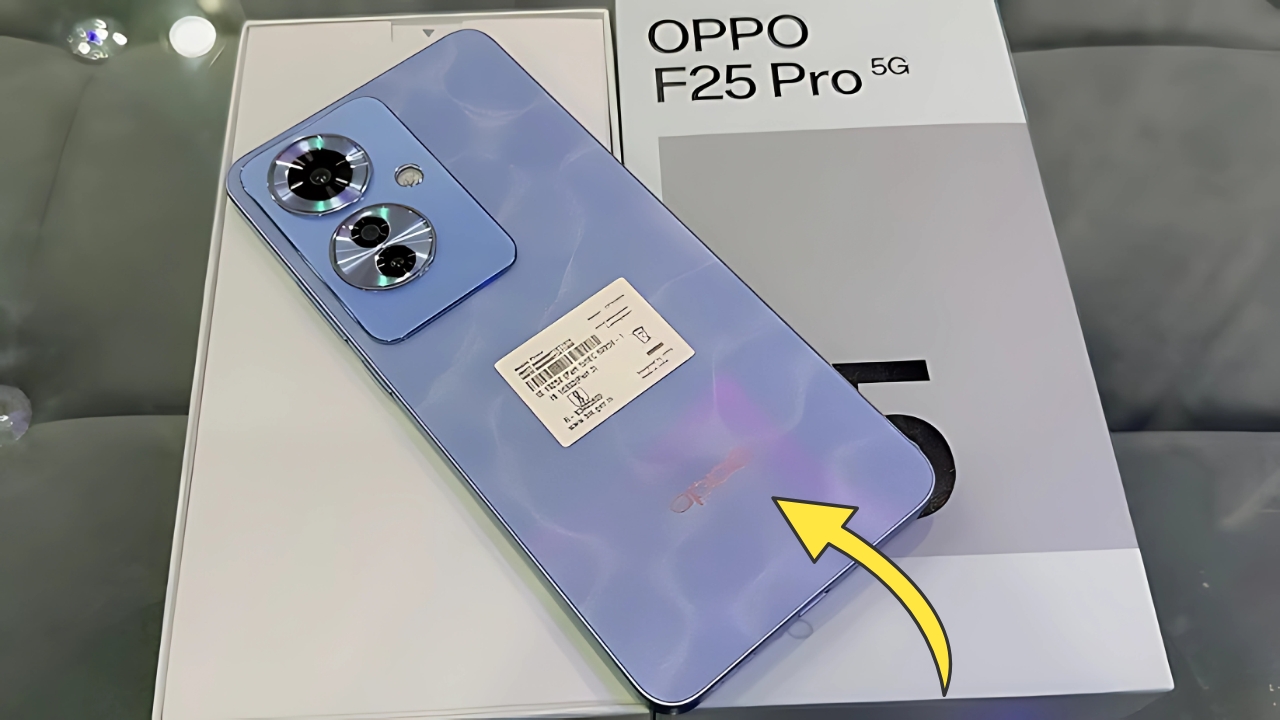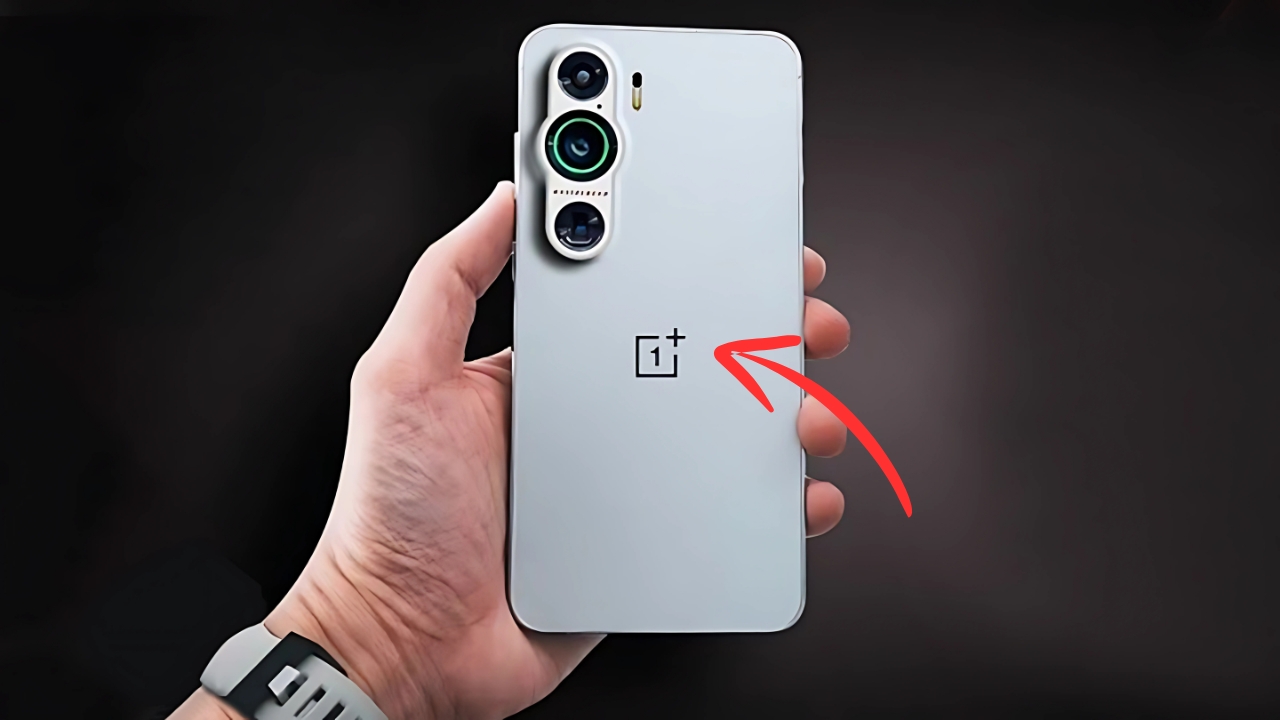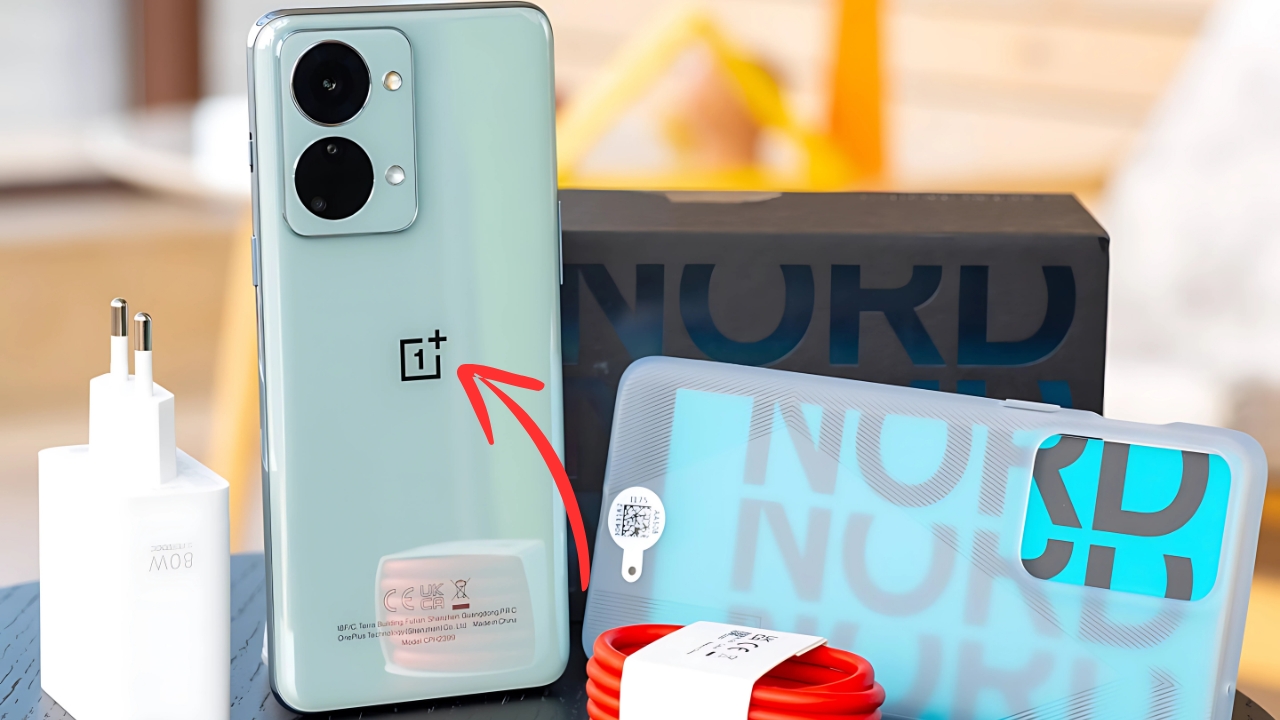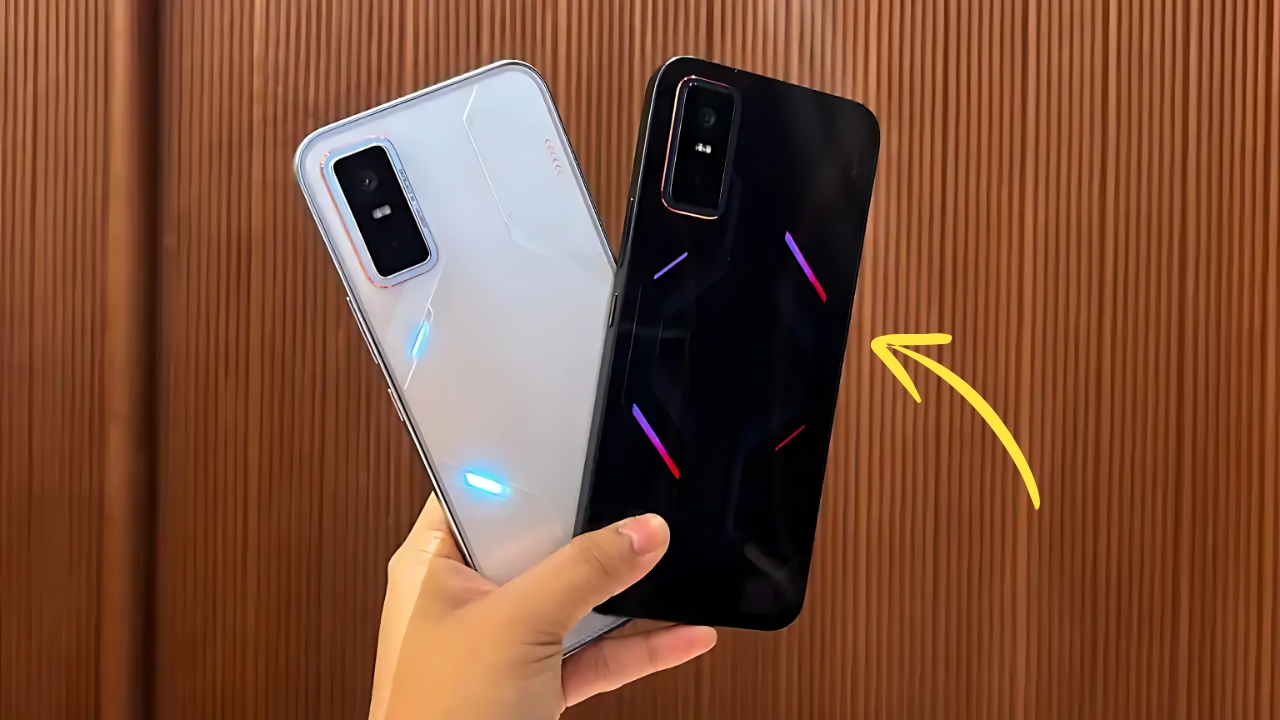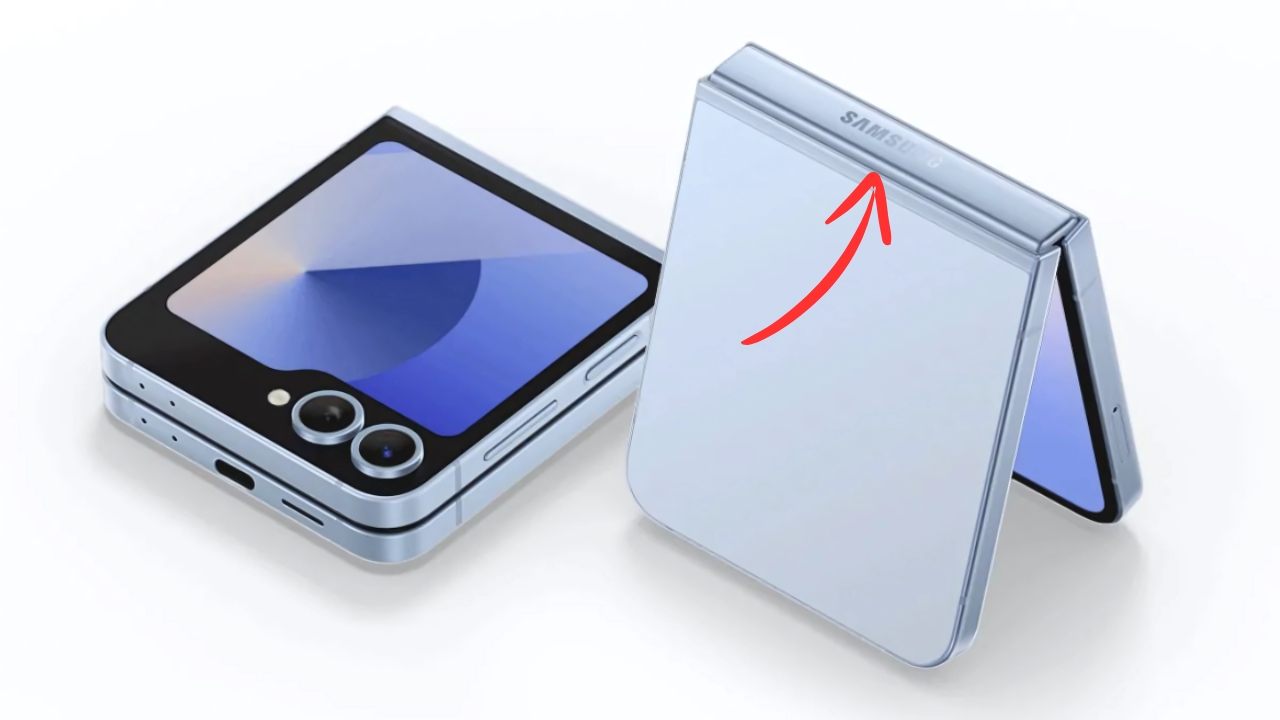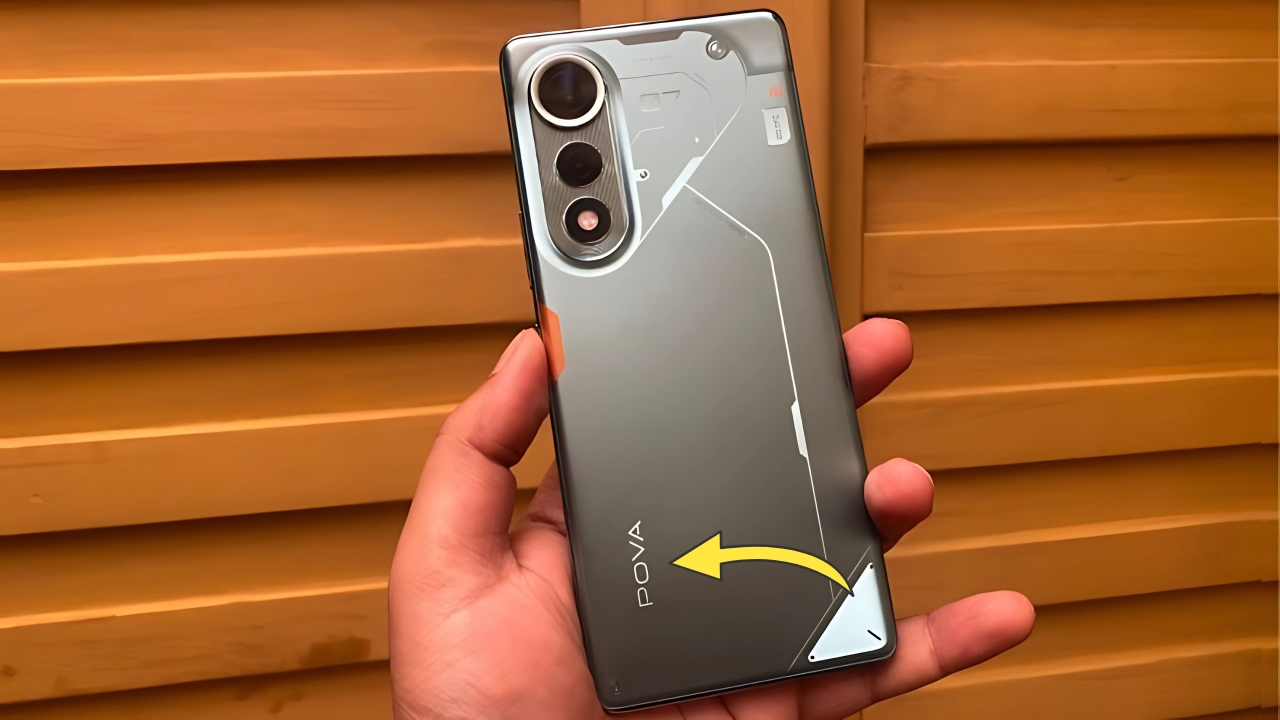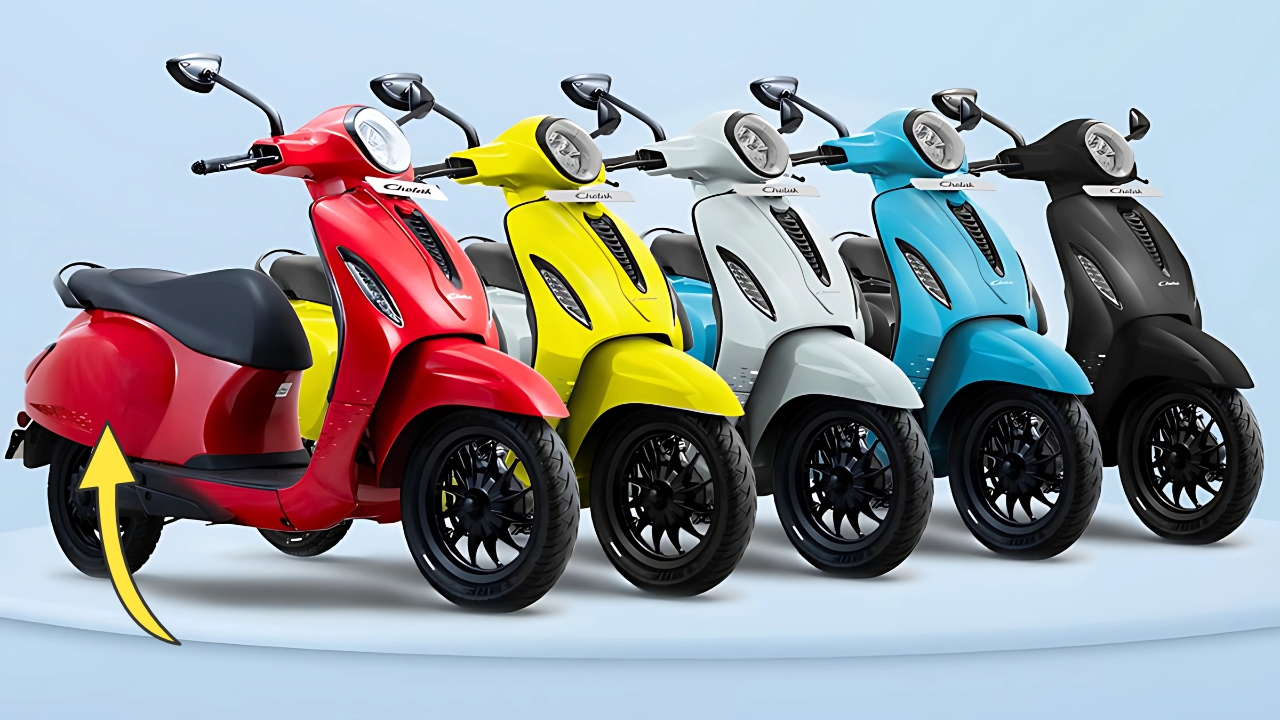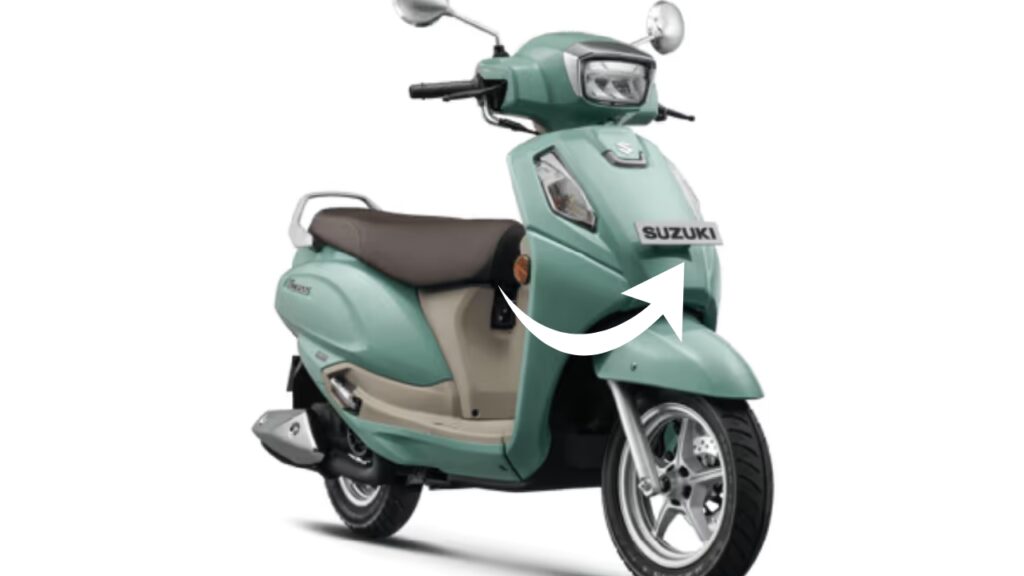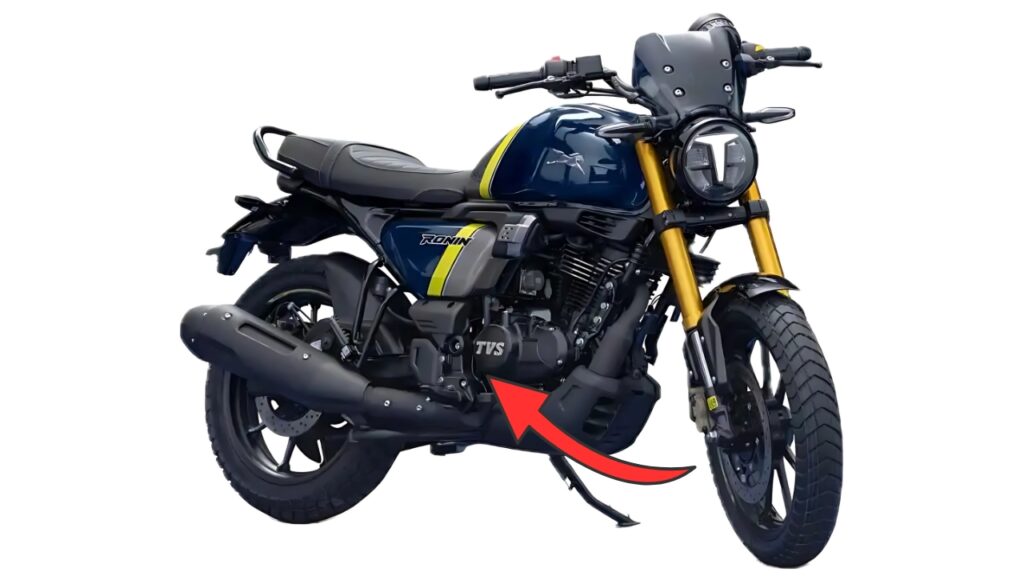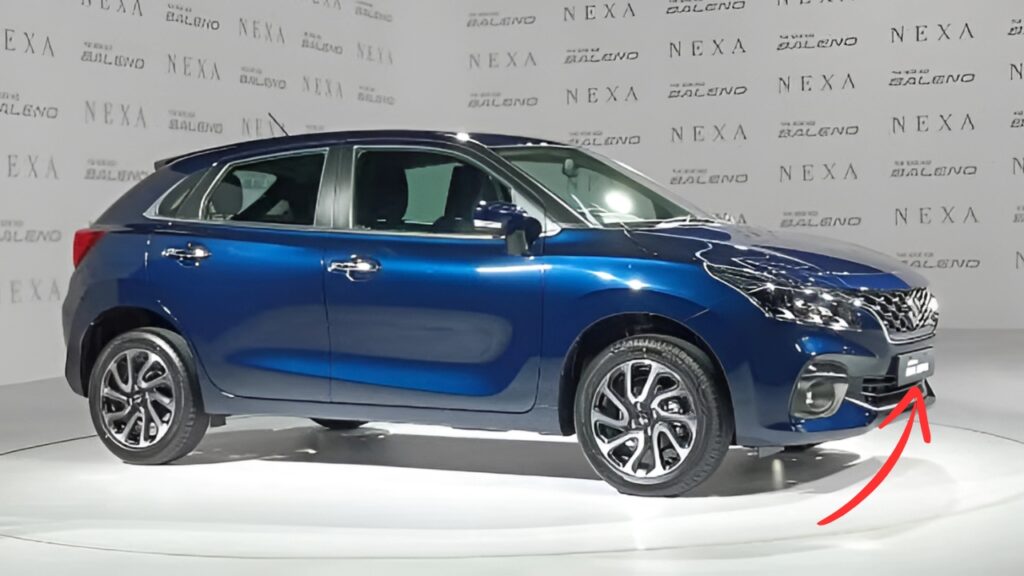Oppo F25 Pro 5G: In the increasingly competitive mid-range smartphone segment, manufacturers must carefully balance performance, design, camera capabilities, and price to create compelling offerings.
The Oppo F25 Pro 5G represents the Chinese brand’s latest attempt to strike this delicate balance, building on the photography-focused F-series legacy while incorporating features previously reserved for more premium devices.
After spending three weeks with this device as my primary driver—capturing hundreds of photos, testing its limits with demanding applications, and integrating it into my daily workflow—I’ve developed nuanced insights into its real-world capabilities that go beyond marketing claims and specification sheets.
Oppo F25 Pro 5G: Design: Premium Aesthetics with Practical Durability
The first impression of the F25 Pro 5G reveals Oppo’s growing design maturity. Moving beyond the flashy gradient finishes that dominated previous generations, this device adopts a more sophisticated aesthetic with a satin glass back that effectively resists fingerprints while creating subtle light patterns when viewed from different angles.
My review unit came in the “Ocean Blue” colorway, which transitions between deeper and lighter blue tones depending on lighting conditions.
The frame adopts an aluminum construction with a matte finish that provides excellent grip without the slippery feel common to many glass-sandwiched devices.
At 7.9mm thick and weighing 177 grams, the phone strikes a comfortable balance—substantial enough to feel premium but not so heavy as to cause fatigue during extended usage sessions.
What particularly impressed me during daily use was the attention to ergonomic details. The slight curvature where the back panel meets the frame creates a natural feel in hand, while the button placement—power on the right, volume rocker on the left—allows for easy one-handed operation without awkward finger stretching.
The tactile feedback from these buttons provides satisfying clicks without excessive travel, a small but meaningful detail that enhances the premium feel of daily interactions.
The front of the device features a flat display with relatively slim bezels and a centered punch-hole camera that minimizes intrusion into the viewing area.
This design choice prioritizes practical viewing experience over the curved-edge aesthetics that can sometimes create accidental touch issues.
Build quality feels reassuringly solid, with no creaking or flexing during normal handling. The IP65 rating for dust and water resistance represents a welcome inclusion at this price point, providing protection against splashes and rain without requiring the more extensive sealing of higher IP ratings—a practical approach that balances protection with manufacturing cost considerations.
Display: Visual Excellence for Content Consumption
The centerpiece of the F25 Pro 5G is its 6.7-inch AMOLED display with FHD+ resolution (2412 × 1080 pixels).
This panel delivers the rich colors and perfect blacks characteristic of OLED technology while maintaining natural color reproduction when needed.
Color accuracy impressed particularly in the “Gentle” display mode, which targets the sRGB color space with excellent precision.
Content creators will appreciate this option when editing photos or videos, while the “Vivid” mode provides more saturated colors that make social media content and videos pop without appearing cartoonish.
The panel covers 100% of the DCI-P3 color gamut according to Oppo, and my subjective assessment supports this claim—content appears rich and nuanced across applications.
The 120Hz refresh rate provides smooth scrolling and animations throughout the interface, while the LTPO technology allows dynamic adjustment between 10Hz and 120Hz depending on content and user interaction.
This intelligent adaptation significantly benefits battery life without compromising the premium visual experience.
The difference is particularly noticeable when scrolling through text-heavy content like articles or social media feeds.
Brightness capabilities stand out as particularly impressive, with peak brightness reaching 1,200 nits for HDR content and 950 nits under high ambient lighting.
During outdoor usage on bright sunny days, the screen remained perfectly legible—crucial for reviewing photos immediately after capture or navigating mapping applications during travel.
The automatic brightness adjustment proved reliably intelligent throughout my testing period, quickly adapting to changing lighting conditions without jarring jumps.
The optical in-display fingerprint sensor deserves specific mention for its performance. Positioned in the lower third of the display, it recognized my registered fingerprint with approximately 95% accuracy during the testing period, even with slightly damp fingers.
The recognition speed matches or exceeds many competitors, eliminating the frustration sometimes associated with this technology.
Performance: Balanced Capabilities for Everyday Excellence
The F25 Pro 5G is powered by the MediaTek Dimensity 7050 chipset—a 6nm octa-core processor featuring two Cortex-A78 performance cores at 2.6GHz and six Cortex-A55 efficiency cores at 2.0GHz.
This is paired with the Mali-G68 MC4 GPU, 8GB or 12GB of LPDDR4X RAM, and 128GB or 256GB of UFS 2.2 storage (expandable via microSD).
In practical terms, this hardware configuration delivers excellent everyday performance. Throughout my testing period, which included everything from basic communication apps to resource-intensive multitasking, the F25 Pro 5G maintained consistent responsiveness without noticeable lag or stuttering.
App launches occur promptly, and switching between multiple applications feels smooth even with numerous processes running in the background.
Gaming performance impressed me given the mid-range positioning. Less demanding titles like Call of Duty Mobile run flawlessly at high settings, maintaining 60fps throughout extended sessions. More graphically intensive games like Genshin Impact perform admirably at medium settings, though with occasional frame drops during particularly complex scenes.
The vapor chamber cooling system effectively manages thermals during gaming, with the phone becoming warm but never uncomfortably hot even after 30 minutes of continuous play.
Benchmark results provide additional context:
-
AnTuTu: Approximately 570,000 points
-
Geekbench 6: Around 980 (single-core) and 2,300 (multi-core)
-
3DMark Wild Life: About 2,200 points
While these numbers won’t trouble flagship devices, they represent excellent value in this price segment and translate to a real-world experience that rarely leaves you wanting more.
Memory management on my 8GB review unit proved particularly impressive. The extended RAM feature, which allocates up to 8GB of storage as virtual RAM, seemed to genuinely enhance multitasking capabilities rather than serving as a mere marketing gimmick.
Even when deliberately loading resource-hungry applications simultaneously, the phone maintained app states without aggressive background killing.
Camera System: Versatile Photography with Computational Assistance
The camera system represents one of the F25 Pro 5G’s most significant selling points, continuing the F-series focus on photography capabilities:
-
A 64MP Sony IMX890 main camera with optical image stabilization (OIS) and f/1.7 aperture
-
An 8MP ultrawide lens with 112-degree field of view
-
A 2MP macro camera for close-up photography
-
A 32MP front-facing camera for selfies
The main camera delivers impressive results across lighting conditions. Daylight photos exhibit excellent dynamic range, natural colors with the AI enhancement enabled, and remarkable detail preservation.
The OIS proves particularly valuable in challenging lighting, allowing for longer exposure times without introducing blur from hand movement.
Night mode impresses with its ability to balance noise reduction and detail preservation, producing usable images even in near-darkness.
The ultrawide camera performs admirably for its class, capturing expansive scenes with good detail and relatively minimal distortion at the edges.
Color consistency between the main and ultrawide lenses deserves specific praise—an area where budget and mid-range devices often struggle.
The macro lens, while limited by its 2MP resolution, provides functional close-up capabilities in good lighting.
This isn’t a standout feature but offers creative possibilities for those interested in detail photography of small subjects.
Portrait mode works effectively across both front and rear cameras, with particularly impressive edge detection around challenging subjects like hair and glasses.
The level of background blur can be adjusted both before and after capturing, adding creative flexibility to portrait photography.
Video capabilities include 4K recording at 30fps from the main camera, with effective electronic and optical stabilization providing smooth footage during movement.
The “Ultra Steady” mode, which combines electronic and optical stabilization with a slight crop, produces remarkably steady videos even when walking or in moving vehicles.
The camera app itself strikes an excellent balance between accessibility and depth, with intuitive access to common modes while providing advanced features for those who seek them.
The processing speed impresses, with minimal delay between capturing and reviewing images—important for maintaining creative flow during photography sessions.
Battery Life and Charging: Endurance Meets Convenience
The F25 Pro 5G houses a 5,000mAh battery that consistently delivered exceptional endurance during my testing period.
With mixed usage including social media, photography, some gaming, and video streaming, the phone routinely lasted through full days with 25-35% charge remaining by bedtime. Screen-on time regularly exceeded 7 hours, occasionally approaching 9 hours with lighter usage patterns.
This endurance is complemented by 67W SuperVOOC fast charging, which refuels the device at impressive speeds:
-
15 minutes: approximately 40% charge
-
30 minutes: approximately 80% charge
-
Full charge (0-100%): about 45 minutes
These charging speeds effectively eliminate battery anxiety, as even a brief charge during morning preparation provides enough power for several hours of usage.
The included 67W charger is a welcome inclusion, as some manufacturers have begun omitting chargers from their retail packages.
Battery health features deserve specific mention. The “Battery Health Engine” optimizes charging patterns to reduce degradation over time, while the “Smart Charging” feature learns from your habits to avoid keeping the battery at 100% for extended periods—intelligent functionality that acknowledges the realities of lithium-ion battery chemistry.
Software Experience: Refined with Room for Improvement
The F25 Pro 5G runs ColorOS 14 based on Android 14, with Oppo promising two years of major Android updates and three years of security patches. This represents reasonable if not industry-leading software support.
ColorOS has matured significantly in recent iterations, moving away from the heavily customized and sometimes cluttered experience of earlier versions.
The current implementation offers a clean, intuitive interface with thoughtful features that enhance rather than complicate the user experience.
Particularly useful additions include:
-
Air Gestures: Allowing navigation without touching the screen—useful when cooking or in other situations where your hands might be occupied or dirty
-
Smart Sidebar: Providing quick access to frequently used apps and tools from any screen
-
Flexible Windows: Enabling floating app windows for improved multitasking
-
Private Safe: Securing sensitive photos, videos, and documents behind additional authentication
Customization options abound, allowing users to adjust everything from icon shapes and colors to animation effects and system fonts.
The “Always-On Display” feature offers extensive personalization options with minimal battery impact thanks to the AMOLED panel’s ability to illuminate only the necessary pixels.
Pre-installed applications remain a consideration, with my review unit containing several third-party apps alongside Oppo’s suite of utilities.
Most can be uninstalled rather than merely disabled, though some of Oppo’s core applications remain permanent fixtures.
After my initial setup and cleaning process, the system occupied approximately 20GB of the 256GB storage—reasonable considering the Android 14 footprint and included features.
The notification handling and permission management systems show improvement over earlier ColorOS versions, though still not quite matching the intuitive implementation found in stock Android or some competitor skins.
Similarly, the occasional promotional notification from system apps requires manual disabling through settings menus—a minor but noticeable annoyance.
Comparative Analysis: F25 Pro 5G vs. Key Competitors
| Feature | Oppo F25 Pro 5G | Realme 12 Pro | Poco F6 | OnePlus Nord CE 3 | Samsung Galaxy A55 |
|---|---|---|---|---|---|
| Processor | Dimensity 7050 | Snapdragon 6 Gen 1 | Snapdragon 8s Gen 2 | Dimensity 7050 | Exynos 1480 |
| Display | 6.7″ AMOLED, 120Hz | 6.7″ AMOLED, 120Hz | 6.67″ AMOLED, 120Hz | 6.7″ AMOLED, 120Hz | 6.6″ AMOLED, 120Hz |
| Main Camera | 64MP OIS + 8MP UW + 2MP Macro | 50MP OIS + 8MP UW + 2MP Macro | 50MP OIS + 8MP UW | 50MP OIS + 8MP UW + 2MP Macro | 50MP OIS + 12MP UW + 5MP Macro |
| Battery | 5000mAh, 67W | 5000mAh, 67W | 5000mAh, 67W | 5000mAh, 80W | 5000mAh, 25W |
| RAM/Storage | 8/12GB + 128/256GB | 8/12GB + 128/256GB | 8/12GB + 256GB | 8GB + 128/256GB | 8GB + 128/256GB |
| Software Promise | 2 Android updates, 3 years security | 2 Android updates, 3 years security | 3 Android updates, 4 years security | 2 Android updates, 3 years security | 4 Android updates, 5 years security |
| Special Features | Air Gestures, IP65 rating | Camera Pro mode, Telephoto on Pro+ | Gaming features, IR blaster | OxygenOS, Alert slider | Samsung ecosystem, Knox security |
| Price Range | ₹29,999-33,999 | ₹26,999-31,999 | ₹29,999-35,999 | ₹26,999-30,999 | ₹39,999-45,999 |
| Best For | Camera quality, Balance | Photography, Value | Performance, Gaming | Clean software, Fast charging | Software support, Ecosystem |
This comparison highlights the F25 Pro 5G’s competitive positioning, with particular strengths in camera capabilities and balanced overall performance.
While competitors offer specific advantages—gaming performance in the Poco F6, cleaner software in the OnePlus, or longer support in the Samsung—the Oppo delivers a well-rounded package without significant weaknesses in any area.
Key Strengths of the Oppo F25 Pro 5G
-
Camera System Excellence: The 64MP OIS-equipped main camera delivers consistently impressive results across lighting conditions, positioning photography as a genuine strength rather than merely an adequate feature.
-
Display Quality: The bright, color-accurate AMOLED panel with adaptive refresh rate provides an excellent visual experience for both productivity and entertainment.
-
Battery Endurance: The combination of large battery capacity, efficient processor, and intelligent software optimizations delivers genuine all-day reliability even with heavy usage.
-
Charging Speed: The 67W SuperVOOC charging with included adapter offers practical, real-world convenience that addresses the anxiety of battery depletion.
-
Build Quality: The premium materials, thoughtful ergonomics, and IP65 rating create a device that both looks and feels more expensive than its price suggests.
-
Balanced Performance: The Dimensity 7050 provides responsive everyday performance and capable gaming abilities without significant compromises in either area.
-
Feature Set: Practical additions like Air Gestures, expanded RAM, and extensive customization options enhance the user experience without feeling like gimmicks.
Oppo F25 Pro 5G: Thoughtful Balance in the Mid-Range
After three weeks with the Oppo F25 Pro 5G, what impresses most is how it delivers a cohesive, refined experience that feels greater than the sum of its parts.
Rather than excelling in just one or two areas while compromising elsewhere—a common approach in this price segment—Oppo has created a thoughtfully balanced device that performs admirably across all fundamental aspects of the smartphone experience.
The camera system naturally stands out as one of the device’s defining features, with the capable hardware and intelligent processing delivering results that challenge devices costing significantly more.
Yet importantly, this photographic emphasis doesn’t come at the expense of everyday usability, with the phone maintaining excellent performance, display quality, and battery life.
Areas for improvement remain, particularly in software longevity commitments and the occasional bloatware, but these limitations feel less significant given the overall hardware and experience quality.
For users seeking a well-rounded mid-range device that prioritizes camera capabilities without compromising in other areas, the F25 Pro 5G presents one of the most compelling options currently available.
In a market segment often defined by calculated compromises, the Oppo F25 Pro 5G stands out by minimizing those compromises and delivering a remarkably complete smartphone experience at an accessible price point.
